
|

|

|

|

|
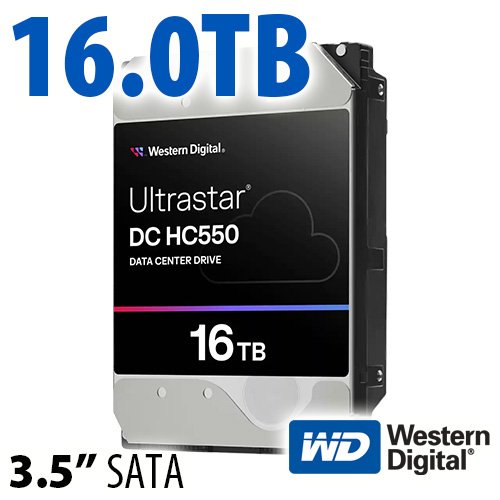
$220 SAVE $130 = 37.0% Western Digital 16.0TB Western Digital Ultrastar DC HC550 3.5-in… in Storage: Hard Drives
|
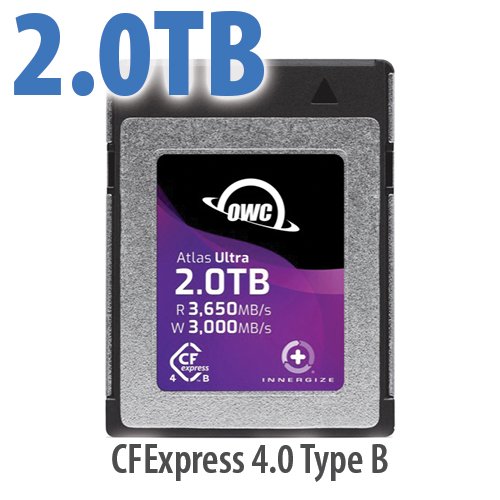
|

|
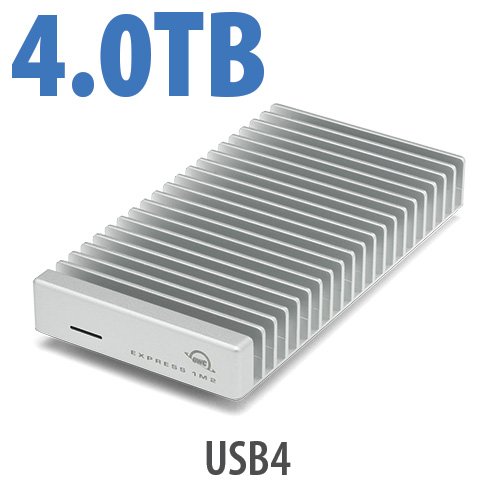
|

|
RAID 1 Mirroring
A RAID mirror* replicates data onto two or more disk partitions (onto two or more hard drives); this is a form of fault tolerance.
When a drive fails, operation continues seamlessly with the other drive: no data is lost. The failed drive can be replaced, and the mirror can rebuild, automatically (this is one oddball way to backup: swap one of the drives in the mirror with a blank one).
2 or more drives,
one volume, one icon
A RAID mirror is a single volume that looks and behaves exactly like a single “drive” (volume): one icon on the desktop. That is the beauty of a mirror: there is absolutely no difference in usage as compared to a single drive/volume, yet failure of one drive maintains all data and functionality.
Typically a RAID-1 mirror consists of the entire capacity of all the drives in the mirror set but it is possible to mirror partitions across drives.
* The term “mirror” is historical and apparently chosen by someone who never looked into one (hint: try to read printed matter in a mirror). A better term would have been “RAID Replica”.
2 or more mirrors
If there are N drives (partitions) in the mirror, then N-1 of them can fail with no loss of data. The most common setup is with N = 2 drives.
A RAID-1 mirror can be created in software with two or more independent drives, or via hardware such as a dual-drive unit like the OWC Mercury Elite Pro Dual.
Mirroring generally runs at the speed of a single drive or a bit slower for writes (all drives can be written simultaneously, but there is some overhead). A mirror can offer higher read speed, but not necessarily.
Backup is still required
Mirroring is not a backup system, it’s a fault tolerance system. For example, a RAID mirror does not protect against theft or natural hazards.
A consistent backup strategy is critical, even with mirroring: Acts of Dog can occur (fire, hurricane, lighting bolt, etc).
Creating a software RAID-1 mirror
See the RAID-1 how-to page.
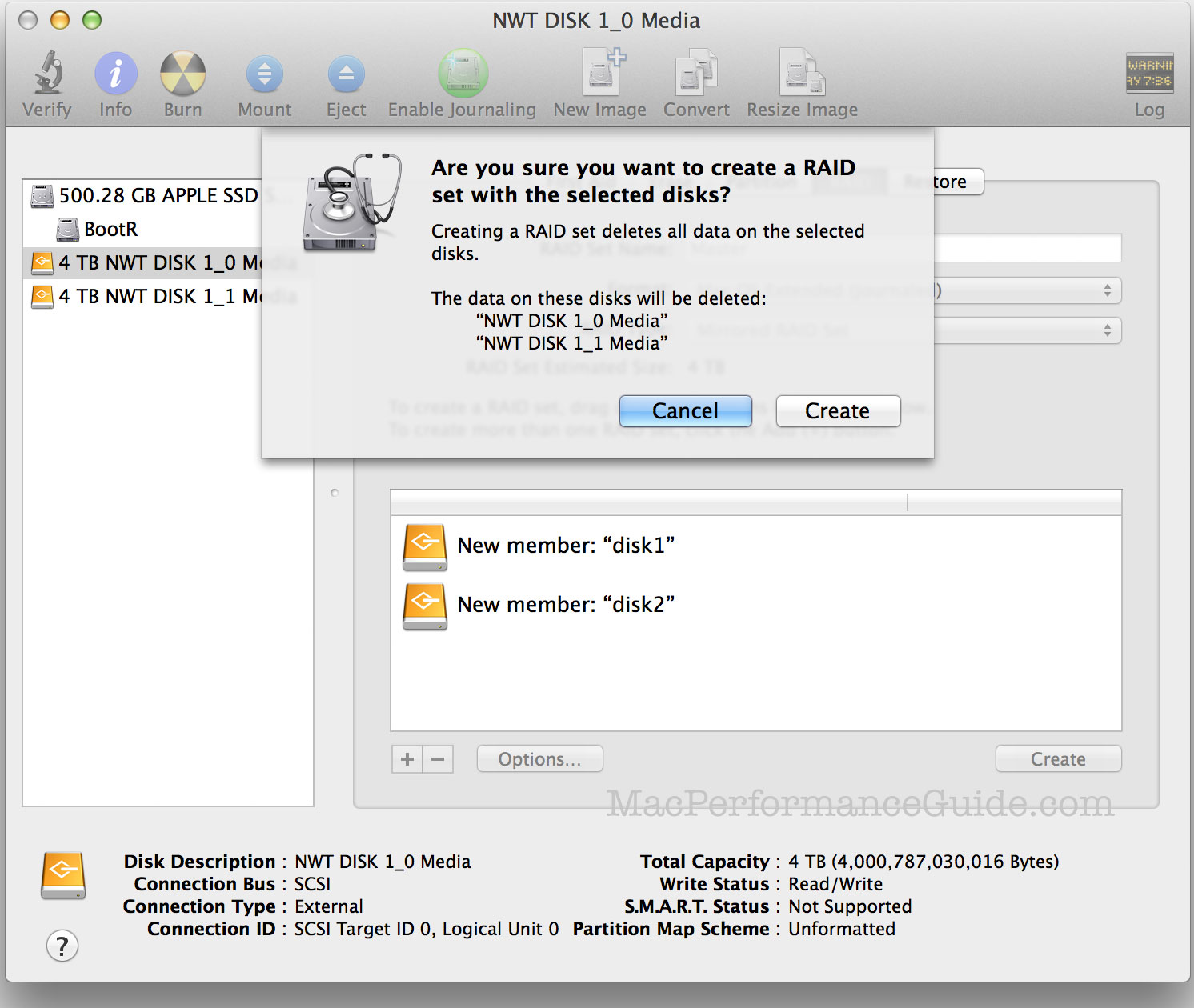
Seagate 22TB IronWolf Pro 7200 rpm SATA III 3.5" Internal NAS HDD (CMR)
SAVE $60

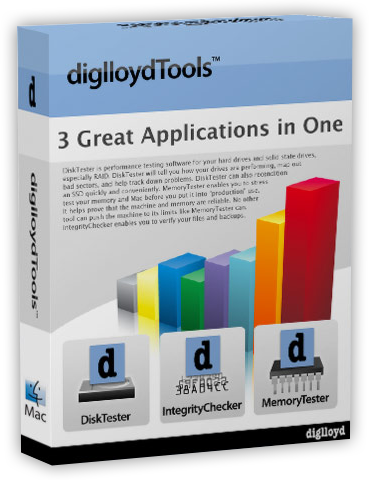 diglloydTools™
diglloydTools™

